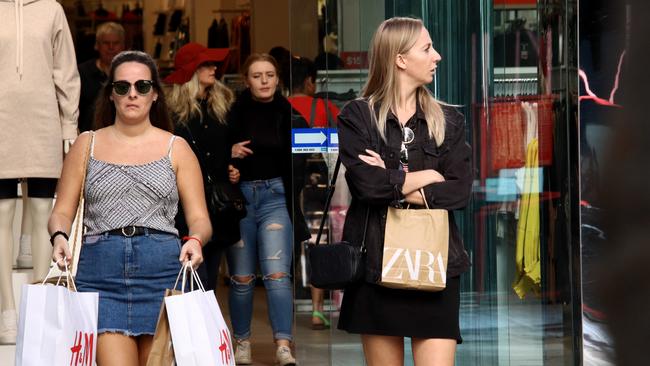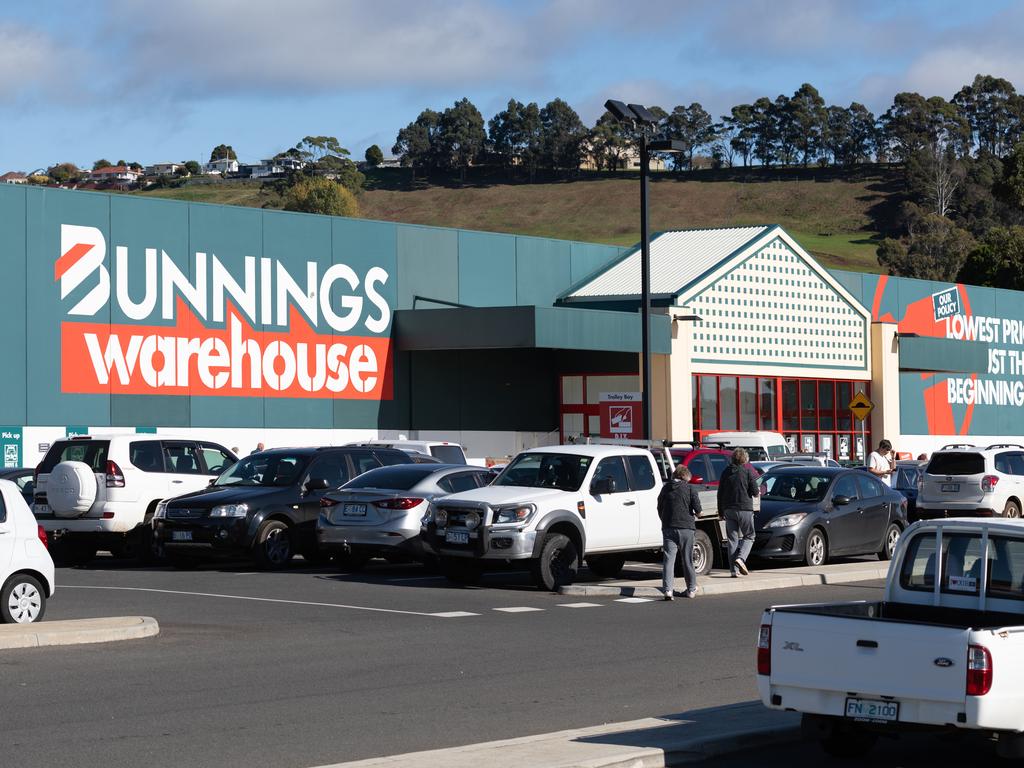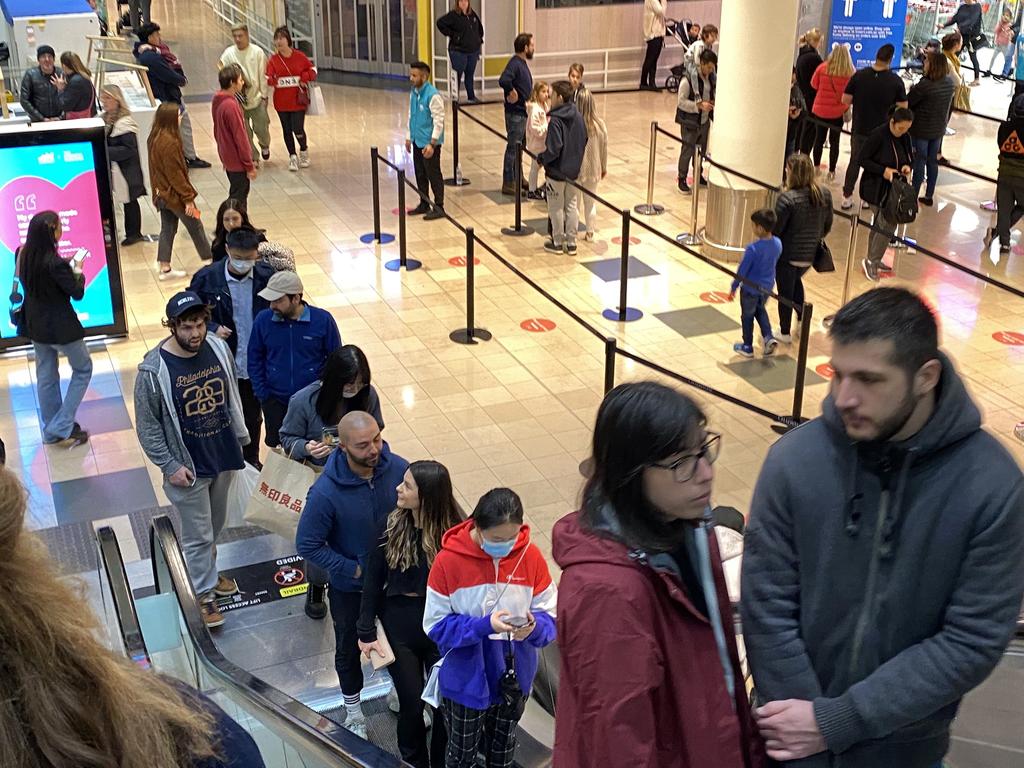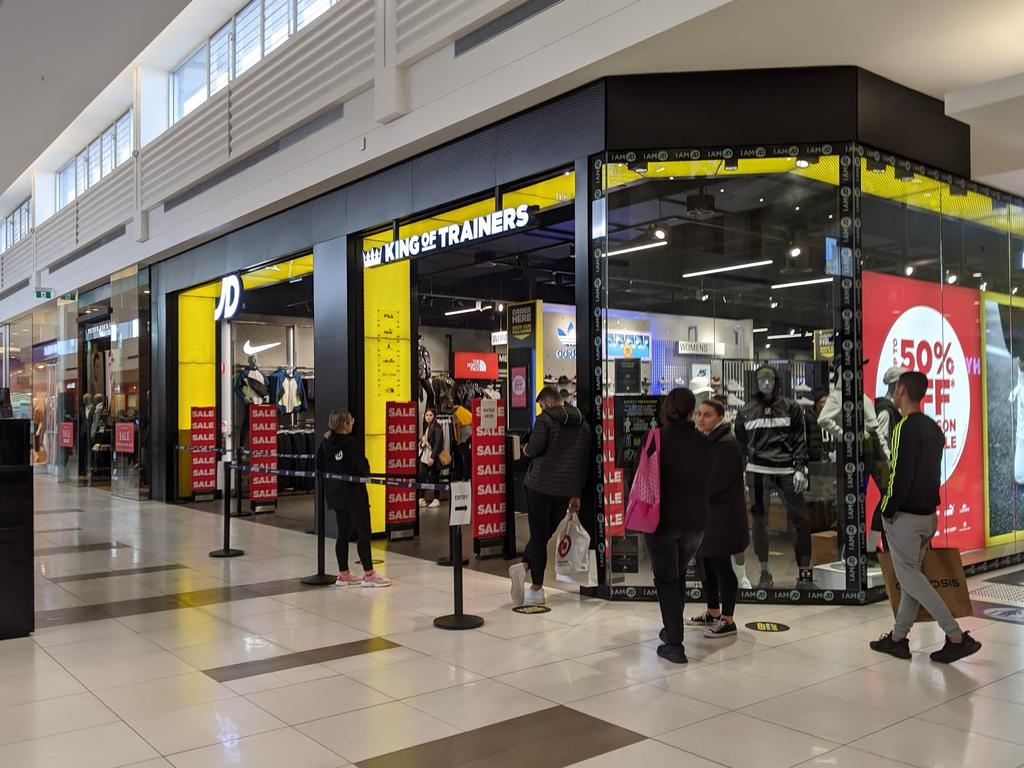
The strong retail sales numbers were backed by the NAB business conditions report which showed a bounce in May but still negative numbers.
Retail sales jumped 9 per cent in March as hoarding set in, slumped 17 per cent in April but picked in May.
Business conditions overall fell 45 per cent in April but picked up to be down “only” 20 per cent in May.
May showed improvements but for the overall economy the numbers are still negative with most economists tipping GPD to fall eight per cent or more this quarter after being flat in the first quarter.
Forward orders according to the NAB survey were negative 35 per cent in April and down 29 per cent in May.
Wesfarmers released a sales update for the financial year for the 11 months to the end of May showing Bunnings up strongly.
It seems everyone staying at home means the more time you have at home you spend more at home.
This is on top of the booming sales at Office Works, JB Hi-Fi and Harvey Norman with people setting up for their home offices.
The Wesfarmers statement underlined talk in the trade saying May was a strong month all around after week sales in March and April.
This suggests the government’s stimulus had the desired effect of boosting sales in the middle of the lockdown.
Just how it continues as the stimulus winds down in September remains to be seen.
Wesfarmers showed strong online growth up 60 per cent financial year to date to $1.4 billion and $1.9 billion including new acquisition Catch.
Bunnings posted first half sales increases of 5.8 per cent and 11.3 per cent for the 11 months ended May.
Office works was up 11.5 per cent and 19.3 per cent respectively.
Kmart was up 7.6 and 6.1 per cent respectively while online group Catch was up 21.4 and 43.7 per cent.
Wersfarmers said increased costs including to Target would mean general merchandise profits would be weaker in the second half.
The group has cost increases of $70 million in the second half including the New Zealand shutdown.
Bunnings spent an extra $20 million in cleaning but this was minimal compared to Woolworths which has told the market its costs increased by $250 million during the shutdown with extra security and cleaning.
The bottom line for the retail sector is the numbers are better than expected but the real crunch may come at the end of September when the stimulus and banks starts start collecting on the home loan deferrals.








The government’s fiscal stimulus has boosted selected retail sales with Wesfarmers reporting strong sales growth, led by Officeworks and Bunnings with general merchandise also picking up in recent weeks.